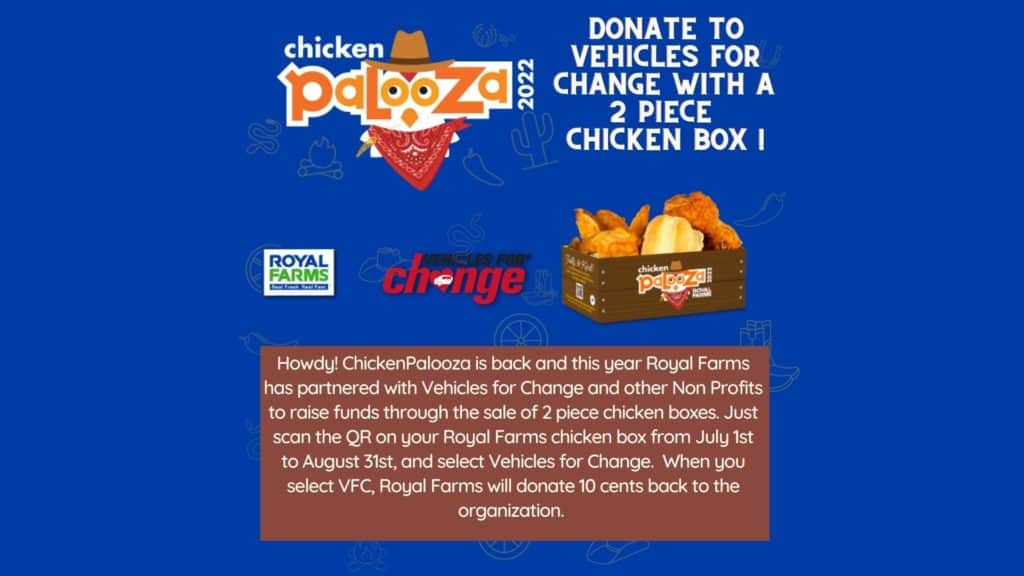It’s cold outside, and that might be an understatement. With Code Blue weather, it’s time to consider the health of your car. So what should you do?

- Get your battery and alternator checked.
The last thing you need to do is walk outside to your car and find that it won’t turn on. That’s bad for business. Make sure you know if you’ll be needing a battery soon by getting it checked out at an auto repair shop. In order to check your alternator, you are going to need a multi-meter and the voltage should read somewhere between 13.8 and 14.2 volts. Again, a repair shop can also do this for you if you don’t feel comfortable doing it yourself.
- Make sure your Coolant mixture is right.
Anti-freeze and water must be at the right levels in order to make sure the liquid does not freeze in the radiator. You can find the right mixture ratio in the owner’s manual for your car.
- Should you go thinner for winter?
Oh darn those people in Los Angeles and Honolulu. Do you think they have to worry about freezing temperatures? On any given day, they are wearing shorts and trying to block the sun by laying under the palm trees. Okay, that might be an exaggeration, but they don’t have to deal with the decisions that car owners that live in areas that get under 32-degrees deal with. One such decision is whether to switch to a thinner blend of oil. Popular Mechanics explains that this might have been true at one point, but with the dawning of multiviscosity oil like 10W40, (and by the way the “W” stands for winter) the oil flows better when it’s cold and thickens up in the summer when it is hot.
- Get your tires checked.
Worn-out tires with no tread are bad at any time of the year, but add snow and ice and it could be a disaster waiting to happen. You also want to make sure your tire pressure is at the proper psi level (which simply means pounds per square inch). Find your psi in your owner’s manual. Check out the following video for more tips about tire pressure.
Another option to consider is snow tires. Snow tires increase your traction. In other words, you remember the last time you were caught in the ice and your tires kept spinning around in one place; that’s what the snow tires are there to avoid.
- Freeze-free wiper is vital.
Your wiper fluid is something you might not think about too much, but maybe you should. Have you ever had the experience of trying to use your wiper fluid in the winter only to find that it’s not spraying anything because it’s frozen. No! No! No! That’s probably what you are screaming as you try to figure out how to see through that horribly spotted window. Don’t get caught out there like that! Get freeze resistant wiper fluid to keep your windshield clean. Rain-X, Prestone, and Splash all have wiper fluids that keep the ice away.
- Be prepared for anything.
Make sure you have an emergency car care kit in your trunk. Include non-perishable food and a blanket, just in case you get stuck on the side of the road for a while. Also make sure the kit has a jack, road flares, car charger, a flashlight and a bag of kitty litter or sand to provide traction under your wheels.
Being prepared will make you feel confident as you travel up and down the road in inclement weather. The Code Blue status lets you know that conditions are cold enough for hypothermia and death, so take it seriously for yourself and for your car.


